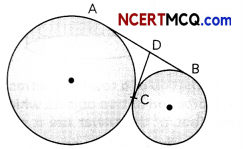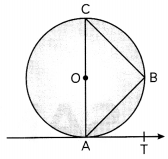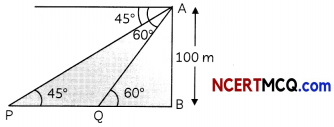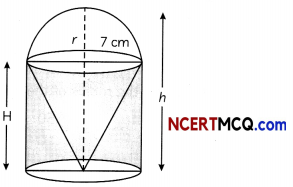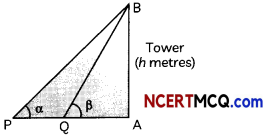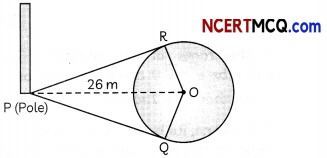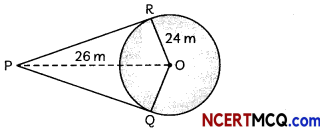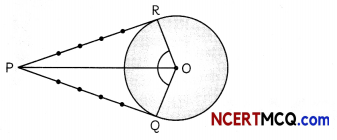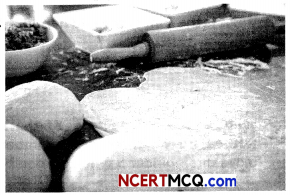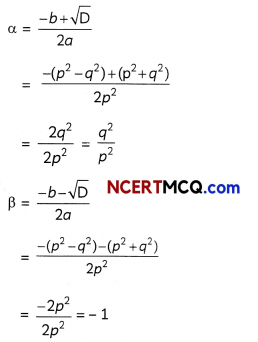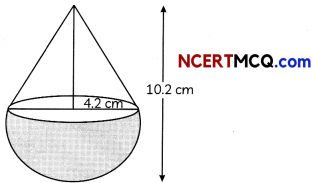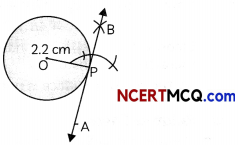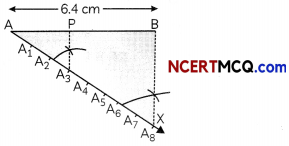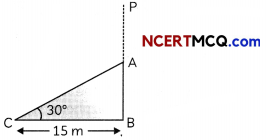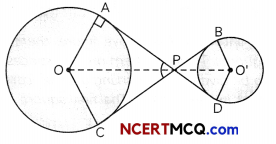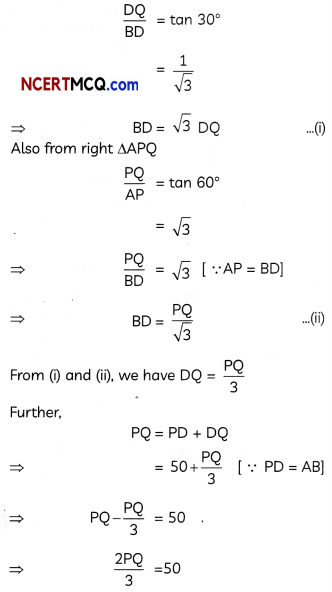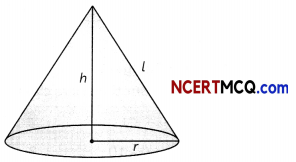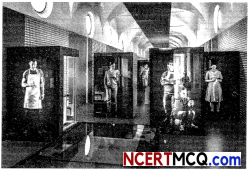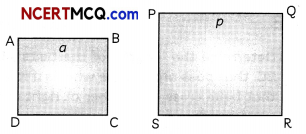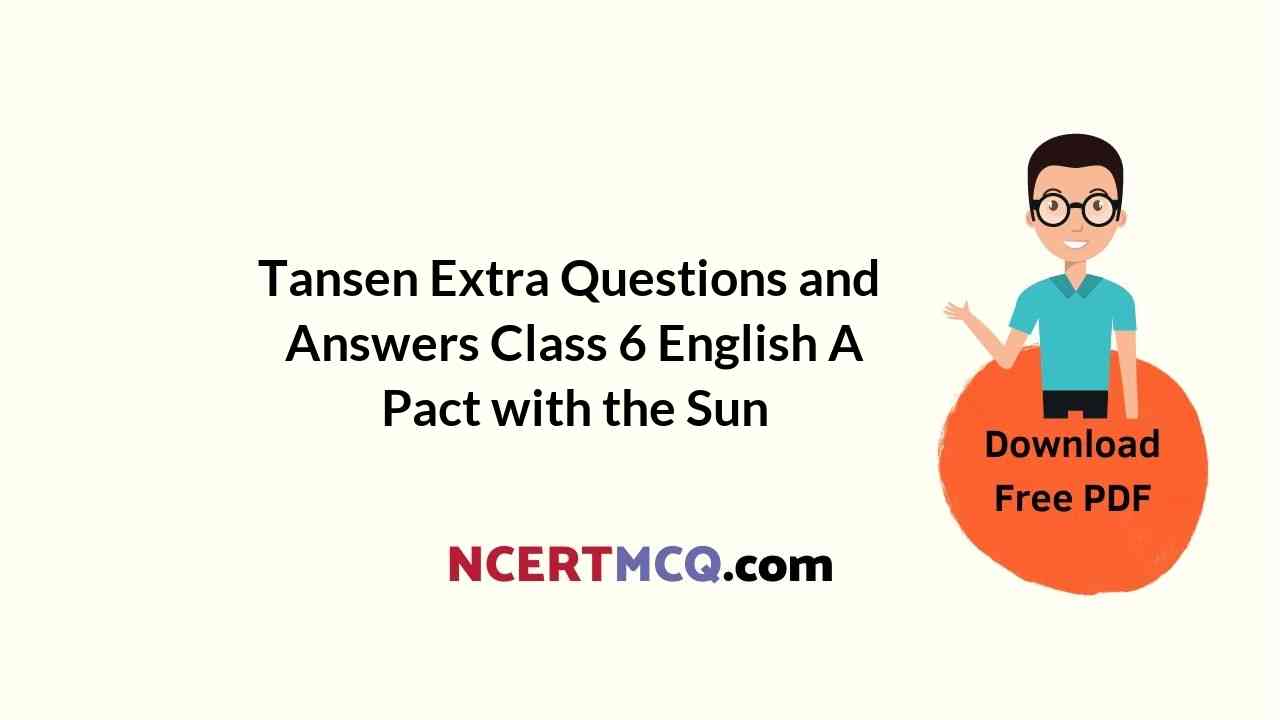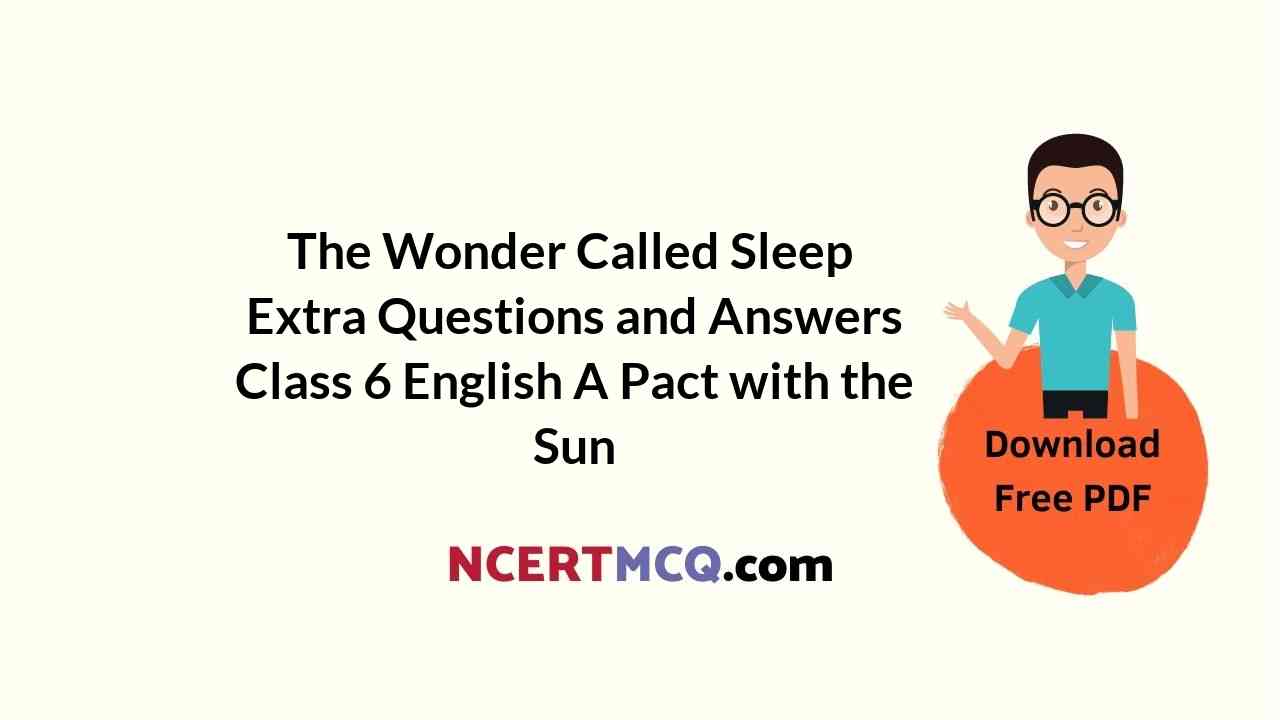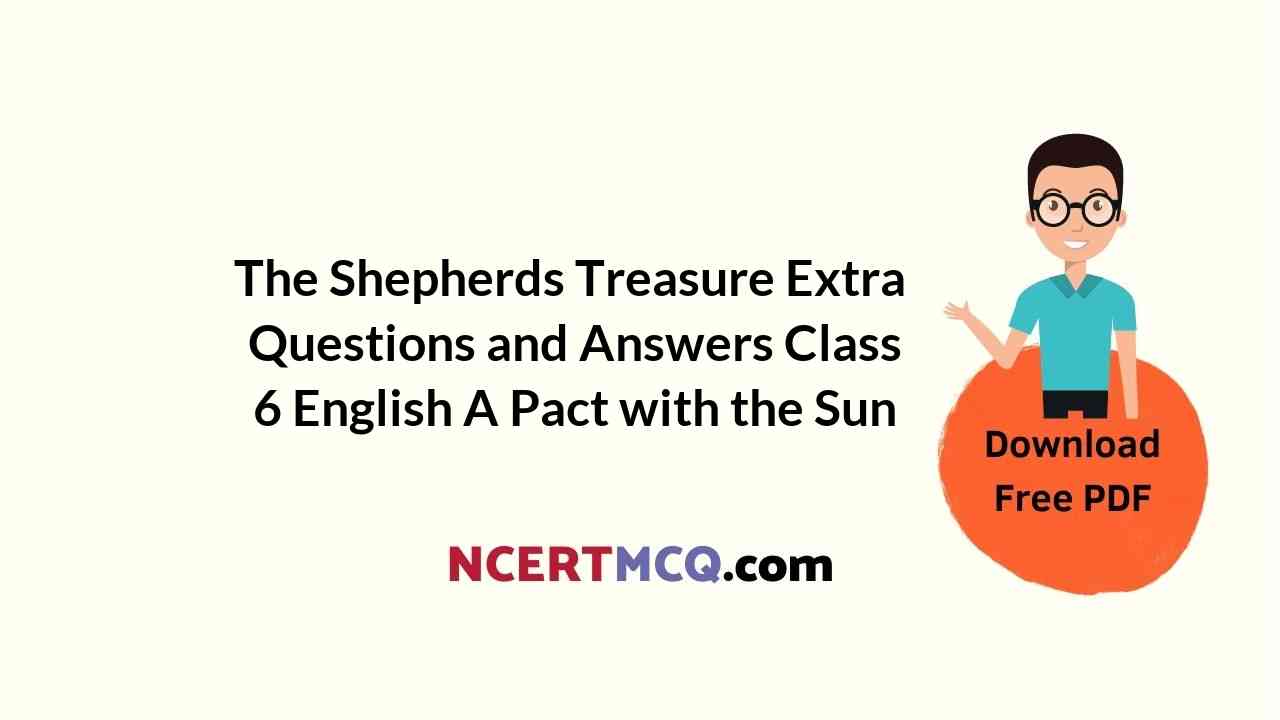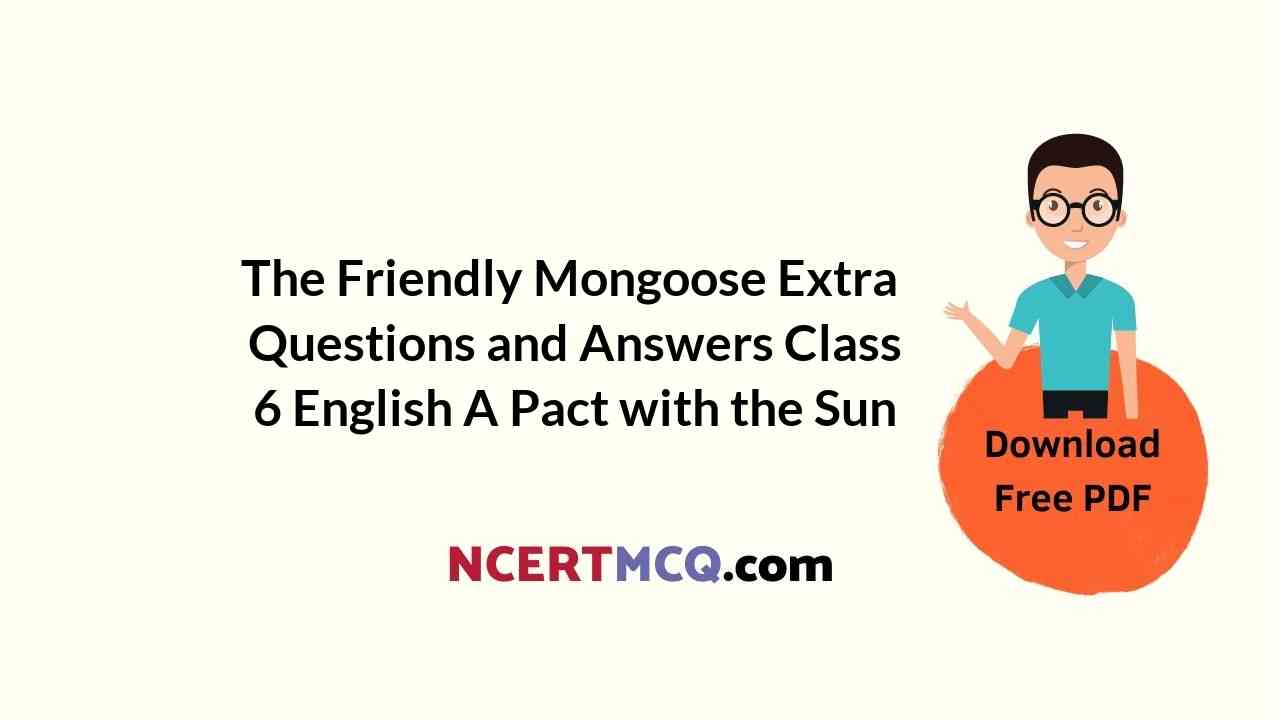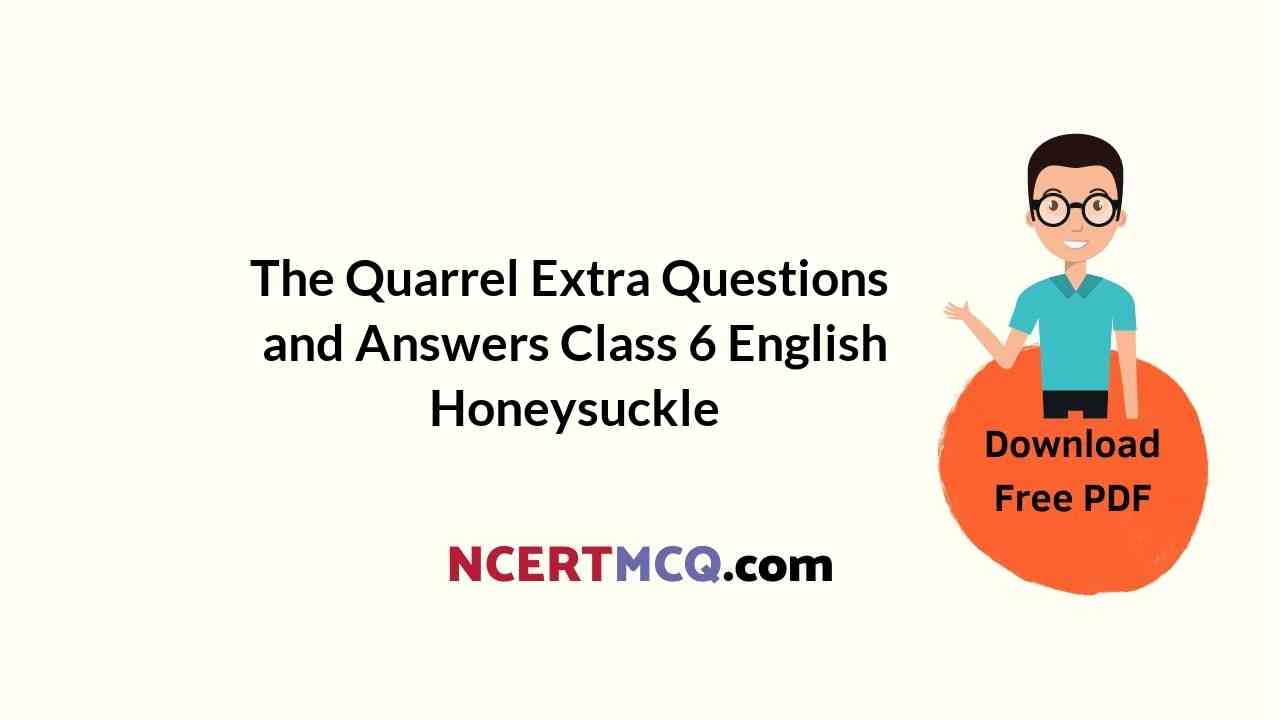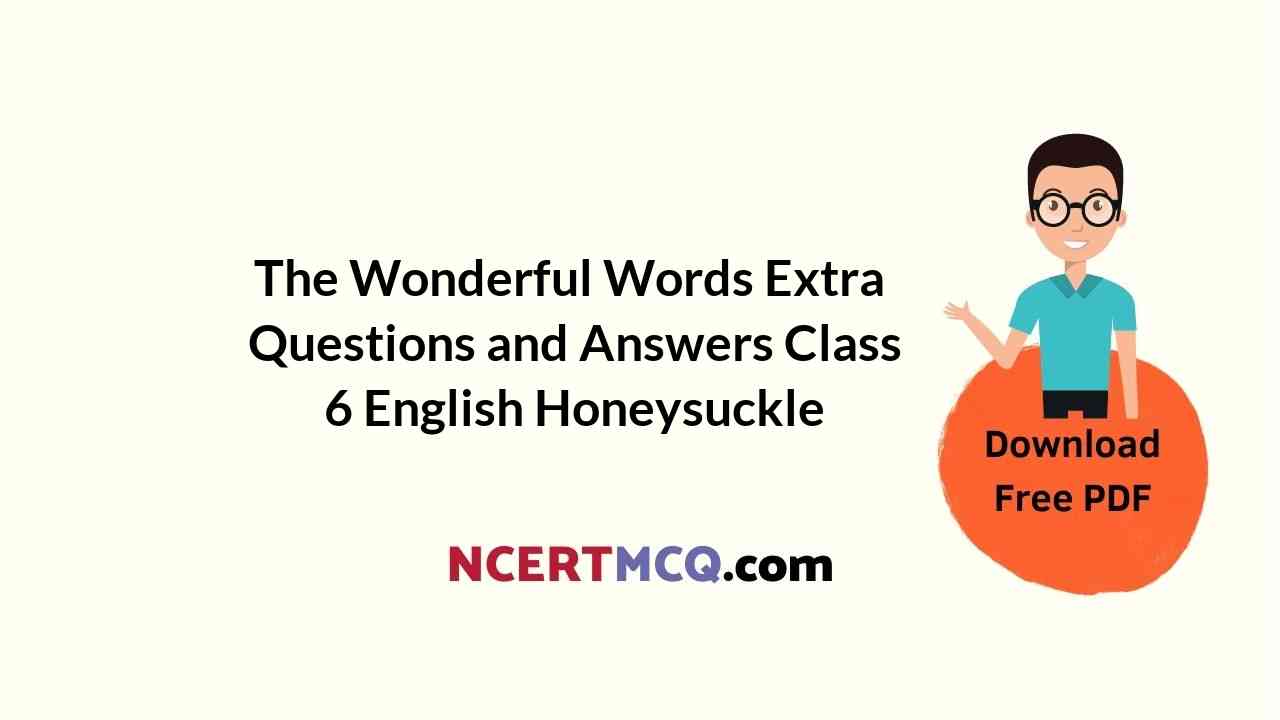Students can access the CBSE Sample Papers for Class 10 Sanskrit with Solutions and marking scheme Term 2 Set 1 will help students in understanding the difficulty level of the exam.
CBSE Sample Papers for Class 10 Sanskrit Term 2 Set 1 with Solutions
समयः : होरात्रयम्
सम्पूर्णाङ्काः : 40
प्रश्नपत्रस्वरूपम :
- कृपया सम्यक्तया परीक्षणं कुर्वन्तु यत् अस्मिन् प्रश्नपत्रे 9 प्रश्नाः सन्ति।
- अस्य प्रश्नपत्रस्य पठनाय 20 निमेषाः निर्धारिताः सन्ति। अस्मिन् अवधौ केवलं प्रश्नपत्रं पठनीयम् उत्तरपुस्तिकायां च किमपि न लेखनीयम्।
- उत्तरलेखनात् पूर्व प्रश्नस्य क्रमाङ्कः अवश्यं लेखनीयः।
- प्रश्नसङ्ख्या प्रश्नपत्रानुसारम् एवं लेखनीया।
- सर्वेषां प्रश्नानाम् उत्तराणि संस्कृतेन लेखनीयानि।
- प्रश्नानां निर्देशाः ध्यानेन अवश्यं पठनीयाः।
(वर्णनात्मकाः प्रश्नाः)
अपठित-अवबोधनम् (40 अङ्काः)
प्रश्न 1.
अधोलिखितं गद्यांशं पठित्वा प्रदत्तप्रश्नानाम् उत्तराणि संस्कृतेन लिखत (10)
(निम्नलिखित गद्यांश को पढ़कर दिए गए प्रश्नों के उत्तर संस्कृत में लिखिए।)
भारतीय संस्कृतिः संसारे श्रेष्ठा संस्कृतिः इति वयं कथयामः। तत्किमर्थम् ? भारतीयैः मानवजीवनस्य उन्नत्यै साङ्गीणः विचारः कृतः अस्ति। तत्र किं नाम संस्कृतिः? प्रत्येकस्य मानवस्य, समाजस्य, देशस्य वा सा स्वाभाविकी प्रवृत्तिः भवति तदैव तस्य प्रकृतिः कथ्यते प्रकृत्याः उन्नत्यै यः प्रयासः क्रियते, तदेव संस्कृतिः उच्यते। सदाचरणम्, त्यागभावना, परोपकारम्, विश्व बन्धुत्वभावना, धर्म-समन्वय चादयः अस्माकं संस्कृतेः उच्चादर्शाः सन्ति। अतः सुष्ठु जीवन पद्धत्या सुष्ठुचिन्तने, परस्परम् ऐक्य भावेन च अस्माकं संस्कृतिः अद्यापि सततं विकासमाना दृश्यते। धन्येयं संस्कृतिः या सर्वेभ्यः प्रेरणाप्रदा वर्तते।।
(अ) एकपदेन उत्तरत। (केवलं प्रश्न-द्वयम्) (1 × 2 = 2)
(एक शब्द में उत्तर लिखिए) (केवल दो प्रश्न)
(i) मानवजीवनस्य उन्नत्यै कैः विचारः कृत?
उत्तरः
भारतीयैः।
(ii) सर्वेभ्यः प्रेरणाप्रदा का वर्तते?
उत्तरः
संस्कृतिः।
(iii) सततं विकासमाना का?
उत्तरः
भारतीया संस्कृतिः।
![]()
(आ) पूर्णवाक्येन उत्तरत। (केवलं प्रश्न-द्वयम्) (2 × 2 = 4)
(पूर्णवाक्य में उत्तर लिखिए) (केवल दो प्रश्न)
(i) अस्माकं संस्कृतेः उच्चादर्शाः केः सन्ति?
उत्तरः
अस्माकं सस्कृतेः सदाचरणम्, त्यागभावना उच्चादर्शाः सन्ति।
(ii) अस्माकं संस्कृतिः कथं सतत् विकासमाना दृश्यते?
उत्तरः
सुष्ठु जीवन पद्धत्या सुष्ठुचिन्तने, परस्परम्, ऐक्य भावेन च अस्माकं संस्कृतिः अद्यापि सततं विकासमाना दृश्यते।
(iii) वयं किम् कथयामः?
उत्तरः
भारतीयः संस्कृतिः संसारे श्रेष्ठाः संस्कृतिः इति वयं कथयामः।
(इ) अस्य अनुच्छेदस्य कृते उपयुक्तं शीर्षकं संस्कृतेन लिखत। (द्वित्रिशष्दात्मक-वाक्यम्) (1)
(इस अनुच्छेद के लिए उपयुक्त शीर्षक संस्कृत में लिखिए।) (दो-तीन शब्द का वाक्य)
उत्तरः
भारतीय संस्कृतेः विशेषता …….
(ई) निर्देशानुसारं उत्तरत। (केवलं प्रश्न-त्रयम्) (एकपदेन) (1 × 3 = 3)
(निर्देशानुसार उत्तर दीजिए) (केवल तीन प्रश्न)
(i) ‘कथयामः’ इति क्रियापदस्य किं कर्तृपदं प्रयुक्तम्?
(क) इति
(ख) वयं
(ग) संस्कृतिः
उत्तरः
(ख) वयं
![]()
(ii) ‘स्वाभाविकी प्रवृत्तिः’ इत्यत्र किं विशेष्यपदं
प्रयुक्तम्?
(क) प्रवृत्तिः
(ख) स्वाभाविकी
(ग) सा
उत्तरः
(क) प्रवृत्तिः
(iii) ‘अवनत्यै’ इति पदस्य विलोमपदम् अत्र किमस्ति?
(क) प्रकृत्याः
(ख) उन्नत्यै
(ग) प्रयासः
उत्तरः
(ख) उन्नत्यै
(iv) ‘निरन्तरम्’ इति पदस्य किं पर्यायपदं प्रयुक्तम् ?
(क) सततं
(ख) अद्यापि
(ग) विकासमाना
उत्तरः
(क) सततं
रचनात्मकं-कार्यम्
प्रश्न 2.
मित्रं प्रति अधोलिखितम् पत्रं मञ्जूषापदसहातया पूरयित्वा पुनः लिखत। (½ × 10 = 5)
(i) ………..
दिनांङ्कः
प्रिय मित्र (ii) ………..
अत्र सर्वं कुशलम्।
भवान् अपि तत्र कुशली इति मन्ये। गतसप्ताहे (iii) ……….. विद्यालये संस्कृत संभाषण-शिविरम् आयोजितम् (iv) ……….. दशदिनानि वयं (v) ……….. संभाषणस्य अभ्यासम् अकुर्मः। तत्र एकस्याः नटिकायाः (vi) ………… अभवत्। अहं विदूषकस्य (vii) ……….. कृतवान्। अहम् इदानीं सर्वदा संस्कृतेन एव (viii) …………. । मम शिक्षिकाः मयि स्निह्यन्ति। भवान् अपि संस्कृतेन (ix) ………… प्रयत्नं करोतु। पितरौ (x) ……….. मम प्रणामाञ्जलिं निवेदयतु।
भवतः मित्रम्,
आकाशः।
[मञ्जूषा-संभाषणस्य, अस्माकम्, वदामि, जयपुरतः, अभिनयम्, प्रति, विकाश!, मञ्चनम्, आसीत्, संस्कृतेन।]
उत्तरः
(i) जयपुरतः
(ii) विकाश!
(iii) अस्माकम्
(iv) आसीत्
(v) संस्कृतेन
(vi) मञ्चनम्
(vi) अभिनयम्
(viii) वदामि
(ix) संभाषणस्य
(x) प्रति
![]()
प्रश्न 3.
अधः प्रदत्तं चित्रं दृष्ट्वा मञ्जूषायां प्रदत्तशब्दानां साहाय्येन पञ्च वाक्यानि संस्कृतेन लिखत (1 × 5 = 5)
(नीचे दिए गए चित्र को देखकर मञ्जूषा में दिए गए शब्दों की सहायता से पाँच वाक्य संस्कृत में लिखिए।)
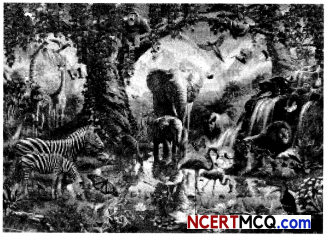
[मञ्जूषा-वनस्य, सिंहः, गजः, वृक्षाः, पादपाः सन्ति, धावन्ति, वृक्षेषु, मृगाः, गर्जति, इतस्ततः, वानराः कूर्दन्ति।]
अथवा
मञ्जूषायां प्रदत्तशब्दानां सहाय्येन निम्नलिखितं विषयं अधिकृत्य पञ्चभिः संस्कृतवाक्यैः एकम् अनुच्छेदं लिखत।
(मञ्जूषा में दिए गए शब्दों की सहायता से निम्नलिखित विषय पर पाँच संस्कृत वाक्यों में एक अनुच्छेद लिखिए।)
“अतिवृष्ट्या हानिः”
[मञ्जूषा-सर्वत्र, जलम्, निमग्नाः, रोगाः, जायते, पशवः, वृक्षा, जलौघः, नद्यः, नष्यन्ति, जीवतं।]
उत्तरः
- अस्मिन चित्रे वनस्य दृश्यम् अस्ति।
- अत्र अनेके वृक्षाः पादपाः च सन्ति।
- अत्र वनराज सिंहः गर्जति।
- अस्मिन् चित्रे वानराः वृक्षेषु कूर्दन्ति मृगाः चधावन्ति।
- अस्मिन् चित्रे ‘गजः’ अन्ये पशवः च इतस्ततः भ्रमन्ति।
अथवा
- वर्षा ऋतो: नद्यः जलेन जलौघः आगच्छन्ति।
- अतिवृष्ट्या नदीनां कुलानि नष्यानि जायन्ते।
- अतिवृष्ट्या अनेके रोगाः जायन्ते जना च अस्वस्था भवन्ति।
- सर्वत्र जलं निमग्नाः मानवाः पशवः वृक्षा विनष्टाः भवन्ति।
- अतिवृष्टि कारणेन जन जीवनं अति अस्त व्यस्तं भवति।
![]()
प्रश्न 4.
अधोलिखितानि वाक्यानि संस्कृतभाषया अनूद्य लिखत-(केवलं पञ्चवाक्यम्, रचनात्मकम्) (1 × 5 = 5)
(निम्नलिखित वाक्यों का संस्कृत भाषा में अनुवाद लिखिए) (केवल पाँच वाक्य)
(i) तुम सब क्या चाहते हो?
What do you all want?
उत्तरः
यूयम् किम् इच्छथ?
(ii) सज्जन परोपकार के लिए जीते हैं।
Gentlemen live for appreciation
उत्तरः
सज्जनाः परोपकाराय जीवन्ति।
(iii) माता-पिता का सदैव सम्मान करो।
Always respect parents.
उत्तरः
मातरं पितरं च सर्वदा सम्मानं कुरुत।
(iv) कल मैं घूमने के लिए जयपुर जाऊँगा।
Tomorrow I will go to Jaipur for a walk.
उत्तरः
श्व अहम् भ्रमणाय जयपुरं गमिष्यामि।
(v) परिश्रमी छात्र ही सफलता प्राप्त करते हैं।
Hard working students Succeed.
उत्तरः
परिश्रमिणः छात्राः एव सफलतां प्राप्नुवन्ति।
(vi) क्या मैं अब श्लोक बोलूँ ?
Can I say shloka now?
उत्तरः
किम् अधुना अहम् श्लोकं वदानि?
(vii) उद्यान में प्रकृति का मनमोहक दृश्य है।
The park had an enchanting view of nature.
उत्तरः
उद्याने प्रकृते: मनमोहक दृश्यम् अस्ति। पठित-अवबोधनम्
![]()
पठित-अवबोधनम्
प्रश्न 5.
अधोलिखितं गद्यांशं पठित्वा प्रदत्तप्रश्नानाम् उत्तराणि संस्कृतेन लिखत (3)
(निम्नलिखित गद्यांश को पढ़कर दिए गए प्रश्नों के उत्तर संस्कृत में लिखिए।)
(वनस्य दृश्यम् समीपे एवैका नदी अपि वहति।)
एकः सिंहः सुखेन विश्राम्यते तदैव एकः वानरः आगत्य तस्य पुच्छं धुनोति। क्रुद्धः सिंहः तं प्रहर्तुमिच्छति परं वानरस्तु कूर्दित्वा वृक्षमारूढ;। तदैव अन्यस्मात् वृक्षात् अपरः वानरः सिंहस्य कर्णमाकृष्य पुनः वृक्षोपरि आरोहति। एवमेव वानराः वारं-वारं सिंहं तुदन्ति । क्रुद्धः सिंहः इतस्ततः धावति, गर्जति परं किमपि कर्तुमसमर्थः एव तिष्ठति। वानराः हसन्ति वृक्षोपरि च विविधाः पक्षिणः अपि सिंहस्य एतादृशीं दशां दृष्ट्वा हर्षमिश्रितं कलरवं कुर्वन्ति।
(अ) एकपदेन उत्तरत। (केवलं प्रश्न द्वयम्) (½ × 2 = 1)
(एक शब्द में उत्तर लिखिए) (केवल दो प्रश्न)
(i) नदी कुत्र वहति?
उत्तरः
वनस्य समीपे।
(ii) वानरः कस्य पुच्छं धुनोति?
उत्तरः
सिंहस्य
(iii) के हसन्ति ?
उत्तरः
वानराः
(आ) पूर्णवाक्येन उत्तरत। (केवलं प्रश्न द्वेयम्) (1 × 2 = 2)
(पूर्ण वाक्य में उत्तर लिखिए।) (केवल दो प्रश्न)
(i) क्रुद्धः सिंहः किं करोति?
उत्तरः
क्रुद्धः सिंहः इतस्ततः धावति, गर्जति किमपि कर्तुं न एव तिष्ठति।
(ii) सिंहस्य दशां दृष्ट्वा पक्षिणः किं कुर्वन्ति?
उत्तरः
सिंहस्य दशां दृष्ट्वा पक्षिणः हर्षमिश्रितं कलरवं कुर्वन्ति।
(iii) सिंहस्य दशां दृष्ट्वा काः प्रतिक्रिया अभवत्?
उत्तरः
सिंहस्य दशां दृष्ट्वा वानराः वृक्षोपरि हसन्तिच विविधाः पक्षिणः कलरवं कुर्वन्ति।
प्रश्न 6.
अधोलिखितं पद्यांशं पठित्वा प्रदत्तप्रश्नानाम् उत्तराणि संस्कृतेन लिखत (3)
(निम्नलिखित पद्यांश को पढ़कर दिए गए प्रश्नों के उत्तर संस्कृत में लिखिए।)
पिता यच्छति पुत्राय बाल्ये विद्याधनं महत्।
पिताऽस्य किं तपस्तेपे इत्युक्तिस्तत्कृतज्ञता॥
(अ) एकपदेन उत्तरत। (केवलं प्रश्न द्वयम्) (½ × 2 = 1)
(एक शब्द में उत्तर लिखिए।) (केवल दो प्रश्न)
(i) पिता कस्मै यच्छति?
उत्तरः
पुत्राय
(ii) पिता किं ददाति?
उत्तरः
विद्याधनं
(iii) पिता कियत् ददाति?
उत्तरः
महत्
(आ) पूर्णवाक्येन उत्तरत। (केवलं प्रश्न द्वेयम्) (1 × 2 = 2)
(पूर्ण वाक्य में उत्तर लिखिए।) (केवल दो प्रश्न)
(i) पुत्राय कदा विद्याधनं यच्छति?
उत्तरः
पिता पुत्राय बाल्ये यच्छति।
(ii) पिता पुत्राय किं यच्छति?
उत्तरः
पिता पुत्राय विद्याधनं यच्छति।
(iii) पिता अस्य किम् अकरोत् ?
उत्तरः
पिता अस्य तपस्याम् अकरोत्।
![]()
प्रश्न 7.
अधोलिखितं नाट्यांशं पठित्वा प्रदत्तप्रश्नानाम् उत्तराणि संस्कृतेन लिखत (3 )
(निम्नलिखित नाट्यांश को पढ़कर दिए गए प्रश्नों के उत्तर संस्कृत में लिखिए।)
वानरः – अरे! अरे! एवं वा (शीघ्रमेव गजस्यापि पुच्छं विधूय वृक्षोपरि आरोहति।)
(गजः तं वृक्षमेव स्वशुण्डेन आलोडयितुमिच्छति परं वानरस्तु कूर्दित्वा अन्यं वृक्षमारोहति। एवं गजं वृक्षांत् वृक्षं प्रति धावन्तं दृष्ट्वा सिंहः अपि हसति वदति च।)
सिंहः – भोः गज! मामप्येवमेवातुदन् एते वानराः।
वानरः – . एतस्मादेव तु कथयामि यदहमेव योग्यः वनराजपदाय येन विशालकायं पराक्रमिणं, भयंकरं चापि सिंह गजं वा पराजेतुं समर्था अस्माकं जातिः। अतः वन्यजन्तूनां रक्षायै वयमेव क्षमाः।
(अ) एकपदेन उत्तरत। (केवलं प्रश्न द्वयम्) (½ × 2 = 1)
(एक शब्द में उत्तर लिखिए) (केवल दो प्रश्न)
(i) गजस्य पुच्छं विधूय वानरः कुत्र आरोहति?
उत्तरः
वृक्षोपरि
(ii) स्वशुण्डेन कः वृक्षम् आलोडयितुम् इच्छति?
उत्तरः
गजः
(ii) वानराः कम् अपि आतुदन्?
उत्तरः
सिंहम्।
![]()
(आ) पूर्णवाक्येन उत्तरत। (केवलं प्रश्न द्वयम्) (1 × 2 = 2)
(पूर्ण वाक्य में उत्तर लिखिए।) (केवल दो प्रश्न)
(i) ‘वन्यजन्तूनां रक्षायै वयमेव क्षमाः इति कः कथयति?
उत्तरः
वानरः कथयति यत् वन्यजन्तूनां रक्षायै वयमेव क्षमाः।
(ii) यदा गजः स्वशुण्डेन आलोऽयितुम् इच्छति तदा _वानरः किं करोति?
उत्तरः
यदा गजः स्वशुण्डेन आलोऽयितुम् इच्छति तदा वानरः कूर्दित्वा अन्यं वृक्षमारोहति।
(iii) सिंहः कदा हसति वदति च।
उत्तरः
गजं वृक्षात् वृक्षं प्रति धावन्तं दृष्ट्वा सिंहः अपि हसति वदति च।
प्रश्न 8.
मञ्जूषातः समुचितपदानि चित्वा अधोलिखितश्लोकस्यः अन्वयं पूरयत- (½ × 4 = 2)
(मंजूषा से उचित पदों को चुनकर निम्नलिखित श्लोक का अन्वय को पूरा कीजिए।)
यत् प्रोक्तं येन केनापि तस्य तत्त्वार्थनिर्णयः।
कर्तुं शक्यो भवेद्येन सः विवेकः इतीरितः॥
अन्वयः-येन (i)…….. अपि यत् (ii)…… तस्य (iii)…… येन कर्तुं शक्यः भवेत् सः (iv)…….. इति ईतिरितः।
[मञ्जूषा-प्रोक्तं, केन, विवेकः, तत्त्वार्थनिर्णयः]
अथवा
मञ्जूषायाः साहाय्येन श्लोकस्य भावार्थे रिक्तस्थानानि पूरयित्वा पुनः लिखत।
(मंजूषा की सहायता से श्लोक के भावार्थ से रिक्तस्थानों को पूरा करके पुनः लिखिए।)
विचित्रे खलु संसारे नास्ति किञ्चिन्निरर्थकम्।
अश्वचेद् धावने वीरः भारस्य वहने खरः॥
भावार्थ:-अत्र जगतः (i) ……. वर्णयति कवि: यत् (ii) …….. संसारे किम् अपि न निरर्थकम् अर्थात् सर्व सार्थकम् अस्ति। यथा (iii) …… धावनाक्रियायां वीरः बलवान् वा तथैव खरः (iv) …….समर्थः।
[मञ्जूषा-अश्वः, अस्मिन्, भारवहने, वैचित्र्यम्]
उत्तरः
(i) केन
(ii) प्रोक्तं
(iii) तत्त्वार्थनिर्णयः
(iv) विवेकः
अथवा
(i) वैचित्र्यम्
(ii) अस्मिन्
(iii) अश्वः
(iv) भारवहने
![]()
प्रश्न 9.
अधोलिखित-कथांश समुचितक्रमेण लिखत (½ × 8 = 4)
(निम्नलिखित कथाशं को समुचित क्रम में लिखिए।)
(i) स भारवेदनया क्रन्दति स्म।
(ii) आदेशं प्राप्य उभौ प्राचलताम्।
(iii) भारवतः शवस्य स्कन्धेन वहनं दुष्करम् आसीत्।
(iv) आरक्षी सुपुष्टदेह आसीत्।।
(v) तस्य क्रन्दनं निशम्य आरक्षी तमुवाच।
(vi) अभियुक्तः अतीव कृशकायः आसीत्।
(vii) अस्मिन् चौर्याभियोगे त्वं वर्षत्रयस्य कारादण्डं लप्स्यसे।
(vi)त्वयाऽहं चोरिताया मञ्जूषाया ग्रहणाद् वारितः।
उत्तरः
(i) आदेशं प्राप्य उभौ प्राचलातम्।
(iv) आरक्षी सुपुष्टदेह आसीत्।
(vi) अभियुक्तः अतीव कृशकायः आसीत्।
(iii) भारवतः शवस्य स्कनधेन वहनं दुष्करम् आसीत्।
(i) स भारवेदनया क्रन्दति स्म।
(v) तस्य क्रन्दनं निशम्य आरक्षी तमुवाच।
(viii) त्वयाऽहं चोरिताया मञ्जूषाया ग्रहणात् वारितः।
(vii) अस्मिन् चौर्याभियोगे त्वं वर्षत्रयस्य कारादण्डं लप्स्यसे।
